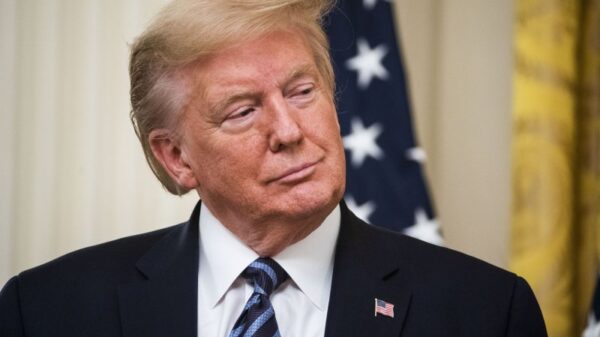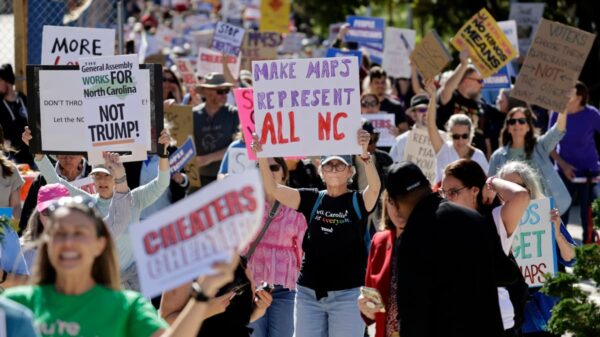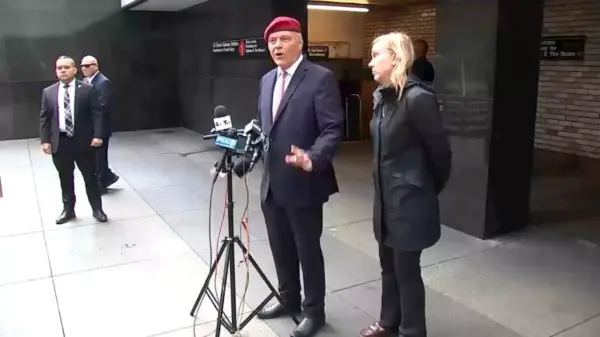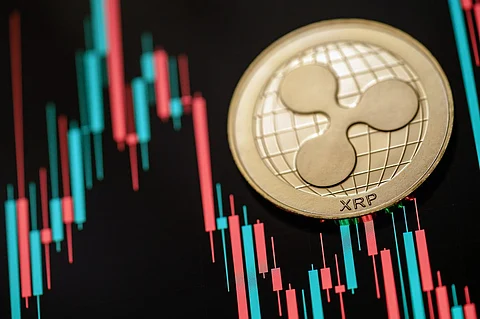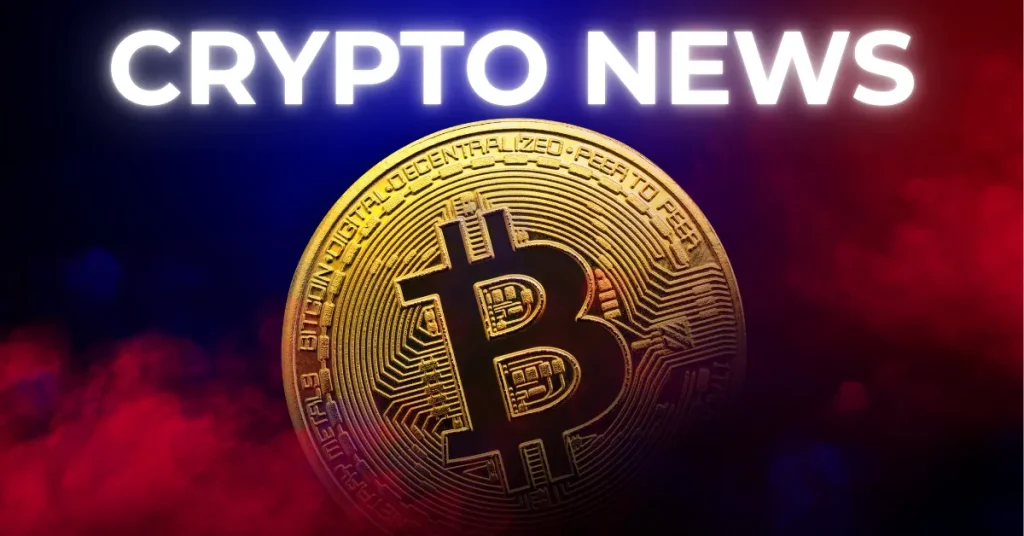On October 23, 2025, the cryptocurrency market displayed notable activity, with Bitcoin showing a positive short-term trend while investment firm T. Rowe Price filed for a new cryptocurrency exchange-traded fund (ETF) that includes Litecoin. This news arrives amid the ongoing U.S. government shutdown, which has implications for regulatory discussions in the crypto sector.
Bitcoin Shows Resilience in Market Trends
Bitcoin’s short-term momentum remains strong following a reversal at the end of September. After a bearish shift on October 7, when prices dropped significantly, the cryptocurrency regained its bullish trend as indicated by market charts. The latest indicators, particularly the signal from October 19, suggest renewed strength, with many analysts predicting continued upward movement unless significant changes occur in the market.
The oscillators and chart patterns highlight critical reversals, with bullish signals emerging recently. Investors are closely monitoring these developments, as the positive trend could attract further interest and investment in Bitcoin.
T. Rowe Price Takes a Step Towards Crypto Integration
In a significant move for the cryptocurrency landscape, T. Rowe Price has submitted a Form S-1 filing with the U.S. Securities and Exchange Commission (SEC) for its proposed “T. Rowe Price Active Crypto ETF.” This filing represents a progressive step toward mainstream adoption of digital assets. Notably, Litecoin (LTC) is included among the eligible assets within this ETF, classified as a commodity with regulated futures trading by the Commodity Futures Trading Commission (CFTC).
The inclusion of Litecoin signifies growing institutional confidence in the cryptocurrency market. If the ETF receives approval, it could provide traditional investors with a new avenue to gain exposure to digital assets, further bridging the gap between conventional finance and the evolving crypto landscape.
Government Shutdown Influences Crypto Regulation Discussions
As the U.S. government shutdown stretches into its fourth week, lawmakers remain at an impasse over the budget. During this period, Senate Democrats are organizing a closed-door roundtable discussion with key leaders from the crypto industry. The objective is to revive deliberations on a stalled market structure bill that could significantly impact how digital asset firms operate under U.S. law.
This proposed legislation is critical, as it aims to address issues of consumer protection, foster innovation, and enhance federal oversight of the cryptocurrency market. The outcome of these discussions could reshape the regulatory landscape for cryptocurrencies in the U.S., influencing both governance and market dynamics.
The ongoing discussions in Washington reflect the complex interplay between fiscal policy and the burgeoning cryptocurrency sector. Stakeholders are keenly observing how these developments will unfold and what they mean for the future of digital assets.












